By Lt. Col. Taylor V. Beattie
They had spent a cold, wet, miserable evening in October 1918 in a drainage ditch along the Varennes-Fleville road. With some trepidation they watched as a sister unit struggled to take the heights of Hill 223 overlooking the town of Châtel-Chéhéry in the Meuse-Argonne region of France. All in all it could have been worse; they were now resting and that beat the hell out of walking. Tired, scratchy eyes stared as the violent drama unfolded before them. For Corporal Alvin York, the scene may have been reminiscent of a bad summer thunderstorm back home, spectacular and frightening all at once. Flashes of light flickered across a darkened hill silhouetting the tin hats of American soldiers scrambling up and about the slope with bayonets fixed. A rib-vibrating “caa-rump” of detonation followed these flashes of light. Like a thunderstorm, the closer the storm the shorter the time from flash to bang. Small-arms fire punctuated the damp night air.
Excited, angry voices cursed and shouted as the Americans clawed and fought their way every inch up the steep slope. The Germans were putting up a hell of a fight, but the boys of the 82nd Division (the “All Americans”) were giving it back and more. They were anxious to get into a good scrap, to prove their worth as fighting men among the Allies. They got their chance on the northern slope of Hill 223.
“Jeez! Will you look at it!” whispered a voice in the dark. “Are we going in on that?”
“Nah, not right away. We’ll relieve those fellers once they take that hill and continue to fight from there,” answered a more authoritative voice, one of the older men.
“Ya suppose there’s more hills on the other side of this one?”
“The whole damn country is hills like this, don’t worry about it. Shut up and get some sleep. You’ll need it!”
There was, however, no sleep to be had in that drainage ditch, not with the battle raging as it was to the Front. They were still new to this sort of thing. Sure, there had been some time spent in relatively quiet sectors to prepare them for the sights and sounds of modern warfare. And there had been some tough skirmishes in reducing the St. Mihiel salient a few weeks before. But this was different. The American Expeditionary Force (AEF) was on the offensive in the Meuse-Argonne, a piece of the Allied force fighting as a separate army under the French General and Allied Commander Marshal Foch. This was the largest land offensive to date in the war, probably in history, and the men of the 328th Infantry Regiment of the 82nd Division were out to make some history.
By and by, word filtered down the drainage ditch to prepare to move forward. It was still dark but it appeared that American forces had taken control of the hilltop. The small-arms firing had subsided, although some artillery shells continued to fall on and around the hill. Off in the distance somewhere beyond the hill a machine gun rattled away. The 328th needed to get to the top of the hill and into position in order to attack across the valley to the north and west. The division objective was to take the Decauville Railroad, a small field railroad, the logistical lifeline of German forces operating in the Argonne forest to the south and west.
A Sudden Gas Attack
Stiff-jointed from the cold, groggy from miles of marching with little sleep, the Americans lurched and stumbled out of the ditch cursing and lumbering forward like old men. The mile or so walk to the foot of the hill loosened joints and with a collective sigh of resignation they began the climb to the summit. On cue, artillery rounds rained in and during the excitement someone shouted the alarm “Gas! Gas!” so the suffocating masks were donned, adding a nasty twist to a miserable situation.
Litter bearers stumbled about the hill in search of American dead and wounded. Germans lay where they fell. The hill was steep, cliff-like on the side that backed against the town. The east side provided a reasonable slope but in ascending the narrow ridge line, the infantrymen started to bunch up. The NCOs would have none of it, directing and prodding soldiers to spread out and keep their distance. Every now and again an enemy shell would drop in, not that it did much damage, but it was hell on the nerves. The masks were off by now.
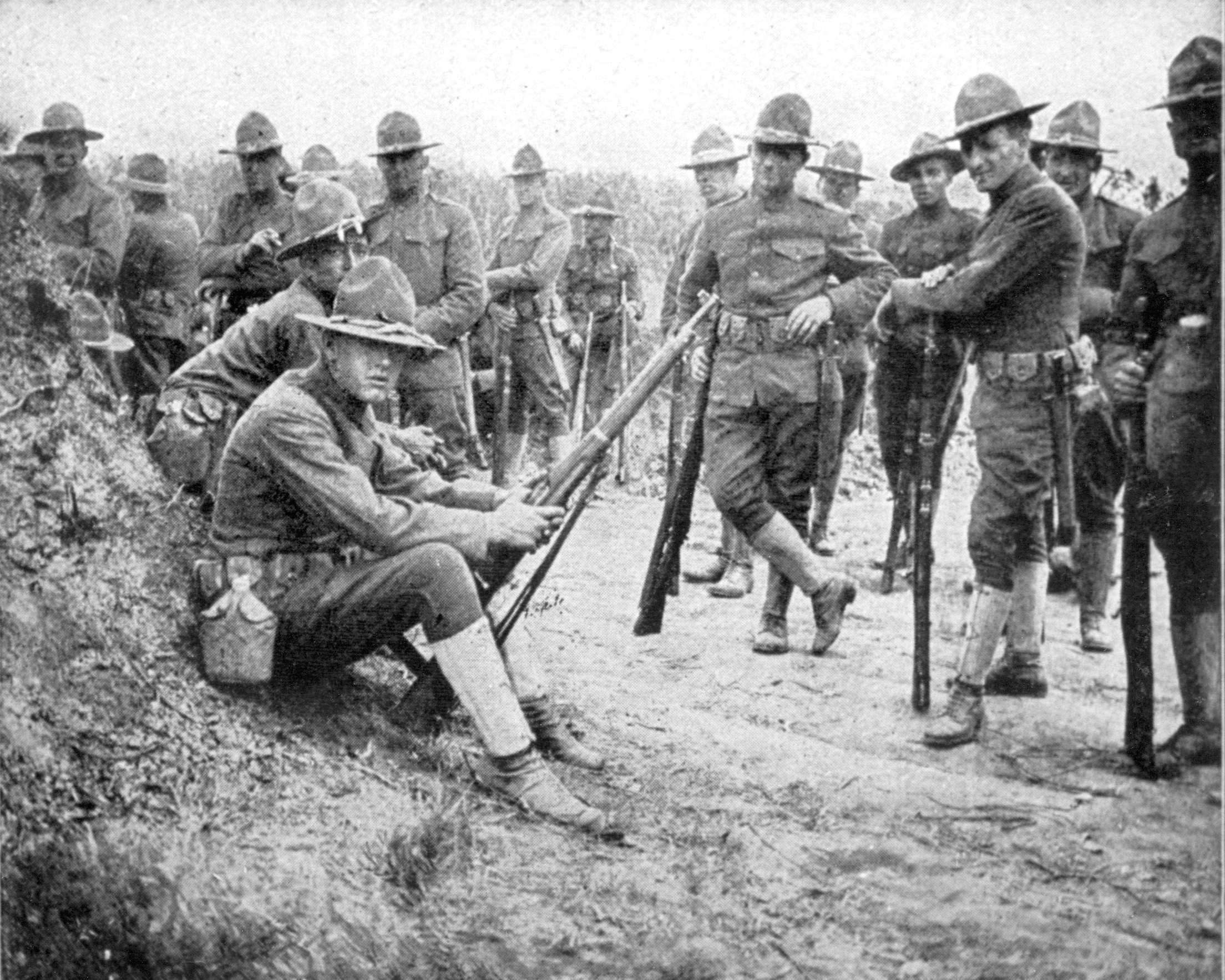
By 5:50 they were in position on the jump-off line for the 6 am attack. The brigade plan called for the attack to be preceded by an artillery barrage to get Boche [German] heads down and weapons suppressed while the All Americans of the 328th moved forward, exposed, into the valley. The rain that had fallen all night had turned to a light drizzle; a thick fog gathered and settled into the low-lying areas of the valley before them. This time of morning, just before sunrise, was always the coldest. They shivered, teeth chattering as they sat in nervous anticipation of the signal to attack. The weather, the dead, the cries of the wounded, and the notion that there would be more American names to add to the Honor Roll by day’s end made for a depressing morning.
At 6, there was no barrage. At 6:10, barrage or no, the Americans began to move down the reverse slope of Hill 223 out into the open valley. Out in front on the northwest line of march they could just make out the tops of the hills where the Decauville Railroad ran roughly north-south. Somewhere directly to the front at about 600 yards was the protective concealment of the tree line now obscured by the fog.
German Gunners Pinned Down American Troops
Without warning the valley exploded with machine-gun fire from the ridges to the front and left. The ground around the Americans zippered and puckered up as a steady stream of bullets tore into the hillside. Some Americans froze in shock at the violence and surprise of the ambush, while others threw themselves to the ground clawing at grass and soil in a frantic attempt to get out of the line of fire. Charging forward into the machine guns, as they had been taught to react in situations such as this, was a poor option. The distance to the guns was too great and the Boche gunners were too good. The Americans were pinned down on the open slope as German gunners raked the hillside methodically.
The 2nd Wuerttemberg Landwehr Division had been in this general area for some time now. They knew the terrain and had spent time preparing the battlefield, laying in their Maxim machine guns in a manner that ensured clear and broad interlocking bands of fire. True, the gunners’ view of their target was obscured by the fog, but the Germans did not have to see the Americans to know that their fire was effective; the cries emanating from the valley told the story. The Americans were stuck between a hail of machine-gun bullets and a hard place, and for whatever reason, artillery was not available to save them.
Farther back up Hill 223 in the second wave of the attack, Sergeant Harry Parsons, the platoon sergeant of 1st Platoon, G Company, 2nd Battalion, 328th Infantry, was separated and out of contact with Company Commander Captain Danforth. The platoon leader Lieutenant Stewart was dead. Parsons was now in charge. Taking the initiative as the hail of machine-gun bullets whizzed around them, Parsons made a decision. He would send out a patrol of three squads whose mission was to work their way over the ridges around the machine-gun positions and silence them so the brigade could get out of the open and into the trees across the valley.
A One-Way Mission for Parsons
In Parsons’ mind this was a one-way mission. Once launched the patrol might never return, all killed or taken prisoner behind German lines. On the other hand, to do nothing only meant disaster. The patrol would be led by Sergeant Early, his section leaders being Corporals Cutting, Savage, and York. In addition to the four NCOs, 13 private soldiers struck out for the dangerous patrol behind enemy lines. By day’s end Savage and six others would be dead, and Corporals Early and Cutting would be severely wounded.
As the smoke and mist cleared, Corporal Alvin York would march back to friendly lines at the head of a column of 132 German prisoners. Varying historical accounts would credit York with single-handedly defeating a machine-gun battalion, personally killing 25 German soldiers and capturing 132 prisoners with 35 machine guns, for which he was later awarded the U.S. Distinguished Service Cross, the French Croix de Guerre, and on April 18, 1919 the U.S. Medal of Honor.
“York, How Did You Do It?”
York’s immediate chain of command, up through AEF Commander General Pershing, was skeptical. How could one man single-handedly kill 25 Germans and capture 132 prisoners plus 35 machine guns? After the Armistice was signed, newly promoted Sergeant York was ordered to return to the ravine on February 3, 1919 with Brig. Gen. Julian R. Lindsey and a host of senior officers as part of an investigation to determine whether or not York’s feat merited award of the Medal of Honor. They spent the day walking the entire area and were retracing the route of the patrol back to friendly lines when General Lindsey suddenly stopped short, looked Sergeant York in the eye, and asked:
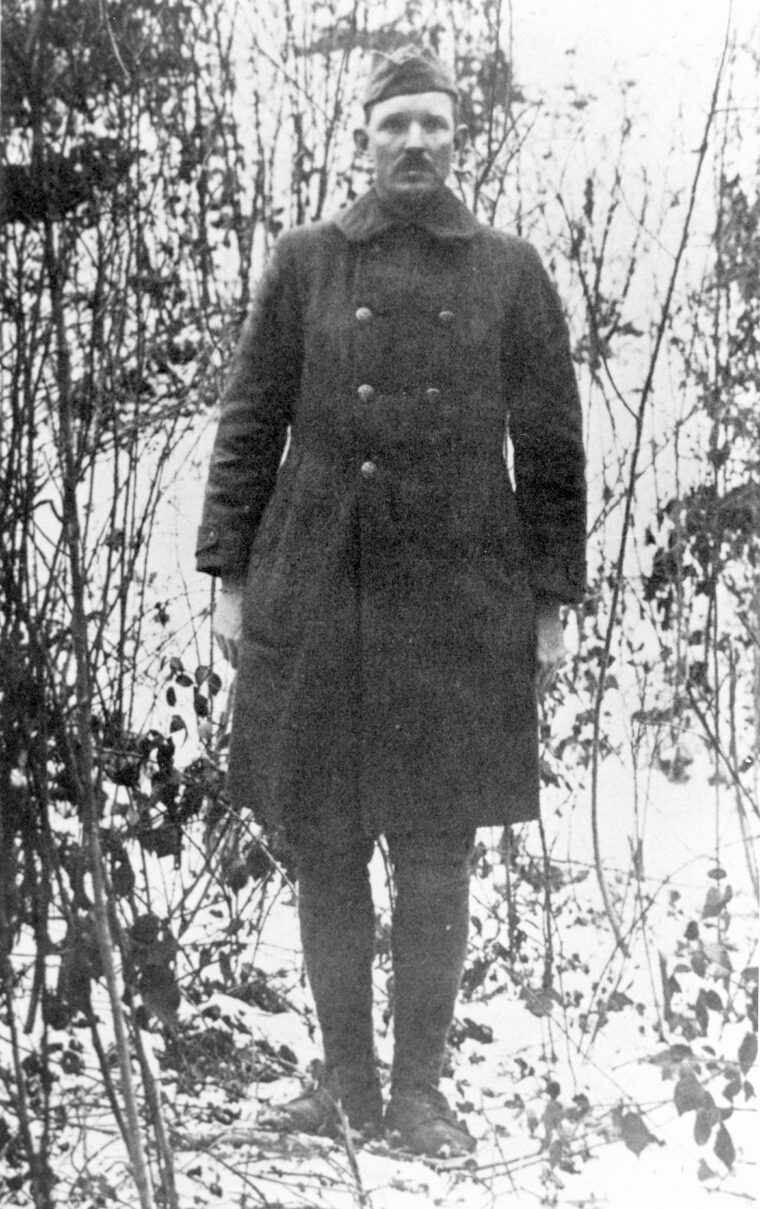
“York, how did you do it?”
York replied, “Sir, it is not man power. A higher power than man power guided and watched over me and told me what to do.”
Eighty years later I entered the ravine west of Hill 223 in search of Sergeant York and his story with the same question on my mind: “York, how did you do it?” Since the spring of 1994 I have made frequent visits to the ravine tracing and attempting to reconstruct the events of the day. I believe I have identified those key positions from which German machine guns once controlled the valley. Given these positions relative to the terrain, archaeological evidence, and the tactical situation as presented through military record, I have been able to postulate where, when, why, and how certain events unfolded that foggy morning of October 8, 1918.
Interestingly, Sergeant York’s chain of command and, most recently, this author aren’t the only ones who viewed the scope of Sergeant York’s feat with some degree of skepticism. In 1928 a Swedish journal published an article on York’s exploits. The article incited a German citizen living in Stockholm to submit a translation of the piece to the German Minister of War, requesting an investigation into Sergeant York’s story.
The task of investigating the German side of the story was passed on to the staff of the Reichsarchiv of Potsdam, Germany. All German officers and soldiers available who had played any role in the events surrounding Hill 223 on October 8, 1918 were interviewed. The Reichsarchiv also received some assistance and cooperation from Lt. Col. Muller of the U.S. War Department, who provided information pertinent to the case from U.S. military archives.
The German military produced a 24-page rebuttal, including the results, analyses, and conclusions stemming from the investigation. The Germans elected not to publicly release the findings of the investigation but warned, “If the newspapers should print another article, however, which, in connection with the alleged feat of Sgt. York, might have the tendency of depreciating the name of the German Army and, in particular, the German officer, we will immediately disprove this claim with the aid of the material on hand.” It should be noted here that although the German investigation team conducted thorough and extensive interviews and analyses, there is no indication that they gathered any information from the actual area surrounding Hill 223 and Châtel-Chéhéry. (It is not likely that the French authorities would have allowed their presence in any event.)
The Problem of Hill 223
Châtel-Chéhéry, Hill 223, and the area I will call York’s ravine are on the Meuse-Argonne battlefield about 40 kilometers northwest of Verdun. The area borders the northern edge of the Argonne forest. It is hard to imagine that much has changed in the town of Châtel-Chéhéry over the past 80 years. Maps from the time of the Great War read the same as the modern maps purchased at the Tourist Information Center in Verdun. Likely, even less has changed about the surrounding terrain. The descendants of generations of farmers still work the local fields. The surrounding woods are untouched save for some local forest management.
For the Americans in 1918, attacking Hill 223 was problematic. The southern slope backs up against Châtel-Chéhéry. It is steep and cliff-like and, one would imagine, practically impossible to ascend under fire. The west side of the hill marked the eastern border of the U.S. 28th Division’s area of operations. Liaison between the adjacent units had not been established, so any attempt by the 82nd Division to attack Hill 223 from that direction could draw friendly fire and risk fratricide. The only choice was to attack Hill 223 from the eastern slope. Today the summit of Hill 223 is covered with hastily dug individual firing positions connected by a communications trench running on the north side (military crest of the summit).
These positions were probably occupied by the German Battalion “Mueller,” an ad hoc battalion under the command of Captain Mueller. This battalion was pieced together from the remnants of other units to conduct a hasty defense of Hill 223. In the examination of one of these hasty fighting positions, I discovered 25 German “Mauser” Gewahr 98 shell casings.
As a point of departure in presenting the results of my search, I have included a condensed version of Sergeant York’s official account, which is supported by affidavits from commissioned officers, noncommissioned officers, and private soldiers who were with him in the ravine. Where appropriate, I have inserted observations and analysis concerning the actual terrain as it appears today, coupled with 80-year-old archaeological evidence of military occupation found in and around the ravine.
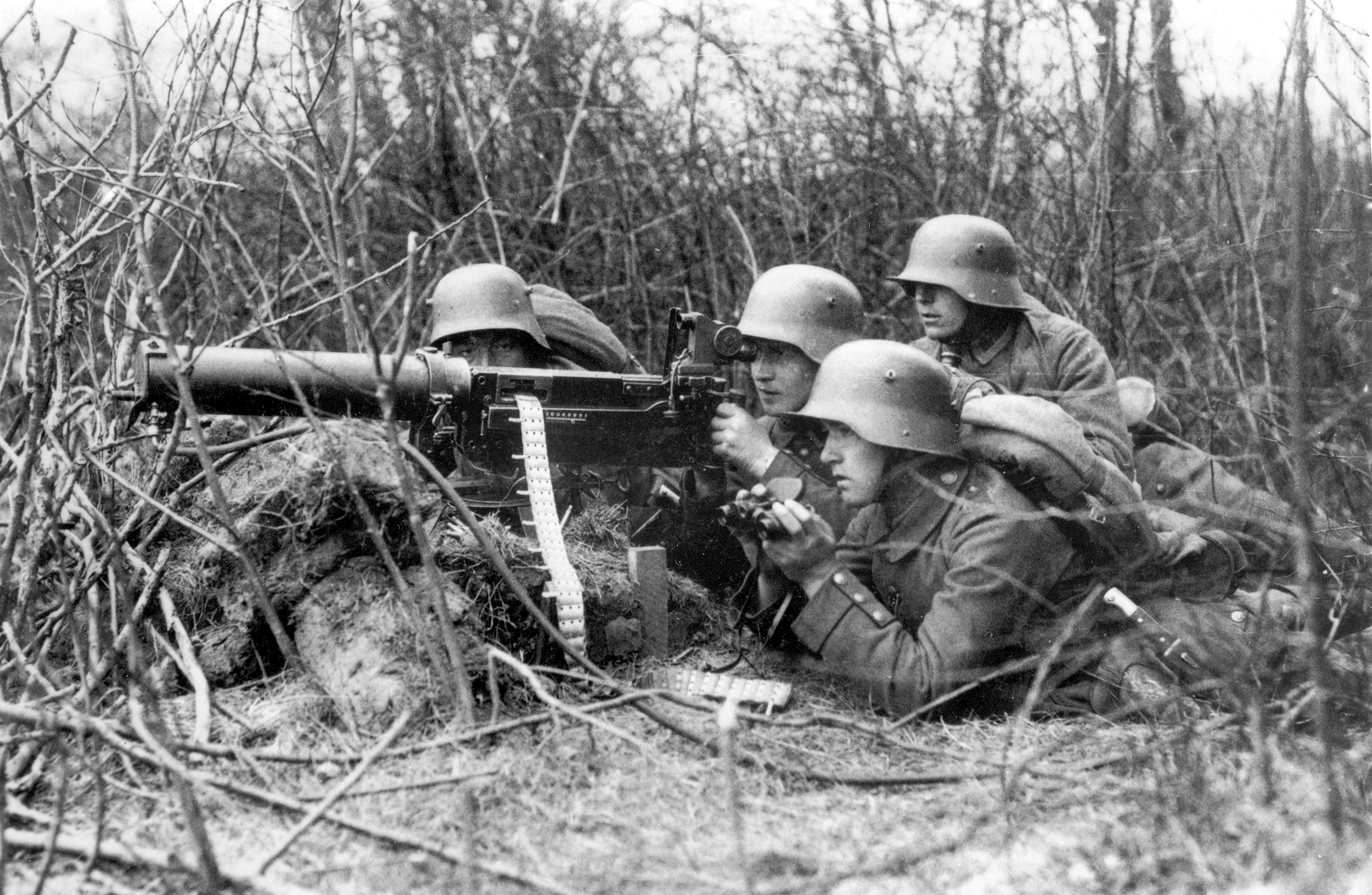
Some words concerning my methodology: I am not a trained historian, but a soldier. As such I have approached the analysis of events in the ravine as soldiers would approach a tactical problem, through application of the METT-T and OCOKA acronyms. METT-T stands for Mission, Enemy, Terrain and weather, Troops, and Time available. OCOKA further breaks terrain considerations into Observation and fields of fire, Cover and concealment, Obstacles, Key terrain, and Avenues of approach. While exploring Hill 223 and the ravine, I tackled the question, “York, how did you do it?” as a tactical problem from both the American and German perspectives. For instance, given Sergeant Early’s mission to “work around behind those guns” or as a German officer tasked with defending that terrain, I asked myself how I would attempt to accomplish these missions given the situation as defined by METT-T and OCOKA.
The Pinned Down Infantry Regiment Could Do Nothing But Wait
To set the stage for Sergeant York’s personal account, I knew the following: The mission of the 328th Infantry Regiment was to attack north and west to capture the Decauville Railroad, and the German mission was to defend that rail system, considered by both the Germans and Americans to be a German tactical “center of gravity.” The Americans were fresh compared to the German soldiers of the 2nd Wuerttemberg Landwehr Division, who had been fighting since 1914. The terrain comprised rolling, heavily vegetated hills, ridges, and ravines. Vegetation was thick and still is today. Visibility and associated fields of fire are about 15 to 25 meters. In the valley fields of fire were unrestricted by vegetation or terrain. The weather in October 1918 was typical for the region during the time of year: cold, rain, and fog significantly reducing visibility to 30 meters or less in open areas.
As for time, the Germans had been in the area since 1914, and had all the time they needed. The Americans, on the other hand, were pinned down on the northern slope of Hill 223 by effective machine-gun fire from unseen positions across the valley. The Americans of the 328th Infantry Regiment could do nothing but wait for Early’s patrol to get behind those guns and silence them.
Sergeant York’s account:
“Sergeant Harry Parsons was in command of a platoon of which my squad was a part. This platoon was the left support platoon of G Company, my squad forming the extreme left flank of the platoon. The valley was covered by machine-gun fire from the right, front and left front. Machine guns from the left front were causing a great deal of damage to our troops advancing across the valley.
The American attack stalled on the downhill side of Hill 223 in the face of German machine guns. Tracing the route of Parsons’ platoon on five separate occasions, I came out into the valley, the southern slope recently planted with trees. It is not hard to imagine the scope of damage that a few well-placed Maxim machine guns could wreak on dismounted troops in the open valley. Today, venturing down into the valley where there are plowed fields, it is relatively easy to find rusted bullets and shell fragments. Parsons’ platoon was part of the second wave, so a good portion of the platoon was still in the tree line, which provided a modicum of cover and concealment. The machine guns were probably Maxim 08s and the lighter Maxim 08/15s; the first mounted on a tripod, the second on a bi-pod.
Sergeant York’s Personal Account
Sergeant York’s account:
Sergeant Parsons was ordered to advance with his platoon and cover our left flank. As the fire was very hot in the valley we decided to skirt the foot of the hill on our left and thereby gain some protection. We had advanced a little ways when we were held up by machine guns from our left front. Sergeant Parsons told Sergeant Bernard Early to take two squads and put those machine guns out of business; so my squad being the left squad was one of those chosen.
We advanced in single file. The undergrowth and bushes here were so thick that we could see only a few yards ahead of us, but as we advanced, they became a little thinner. In order to avoid frontal fire from the machine guns, we turned our course slightly to the left, thereby working around on the right flank of the machine guns and somewhat to the rear, which caused us to miss these forward guns. As we gained a point [behind the guns] we turned sharply to the right oblique and followed a little path, which took us directly to the rear of the machine guns.
Standing on the northern slope of Hill 223 some 80 years later, it is clear that skirting the hill to the left was the only option open to Sergeant Early. Skirting the hill and staying well inside the tree line provides a covered and concealed avenue of approach to the rear of the machine-gun positions located on the eastern slope of the ridge and in the ravine.
Chances are, the patrol had neither map nor compass so they used terrain association and the sound of the machine-gun fire to navigate. It is important to note here that this route took the patrol well into the U.S. 28th Division’s area of operation. According to a statement made by Captain Danforth, G Company commander, there had been no contact with the 28th Division that morning. A similar situation existed on the German side where, due to personnel shortages, German combat leaders had elected to make strong points in the defense of the valley, which exacerbated breaks in contact between adjacent units.
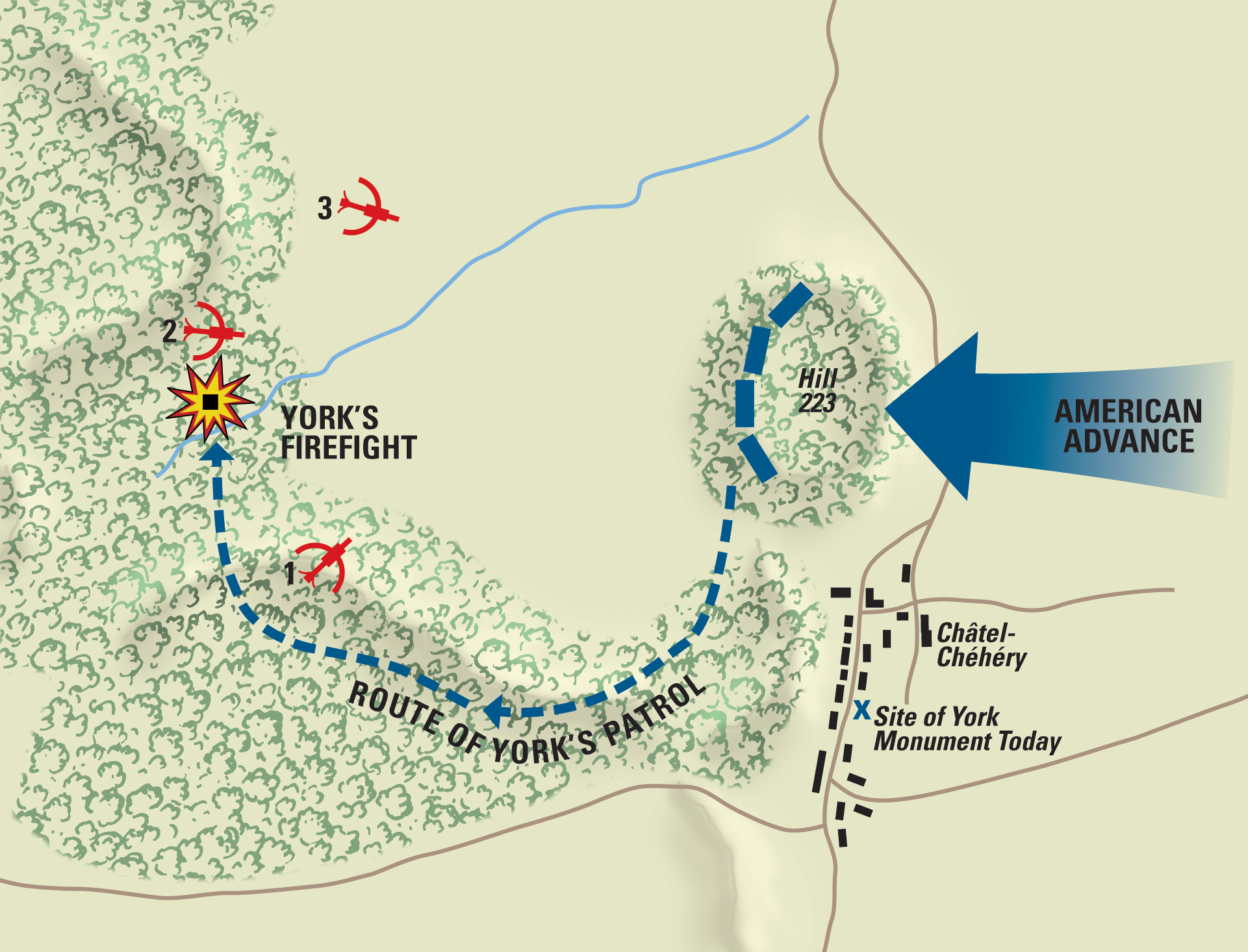
“They Did Not Stop and We Opened Fire on Them”
So analysis of the situation leads me to believe that Sergeant Early’s patrol used concealment afforded by the morning ground fog and dense vegetation to infiltrate U.S. and German lines where unit boundaries existed but were not effectively tied in.
Sergeant York’s account:
As we advanced we saw two Boche with Red Cross bands on their arms. We called for them to halt, but they did not stop and we opened fire on them. Sergeant Early was leading and I was third.
As I said before, we were proceeding in single file. We immediately dashed down a path, along which the Boche were running and crossed a little stream. The Boche then turned right and ran in the direction from which we had come. When we reached the point where they had turned, we stopped for half a second to form a skirmish line. I jumped about four paces away from the sergeant and we told the other men to scatter out because we thought there was going to be a battle and we did not want to be too close together. As soon as we formed our skirmish line, we burst through the bushes after the Boche.
This little stream that I spoke of runs through a gulch into the valley. On either side of the stream there was a little stretch of flat, level ground, about twenty feet wide, which was covered with extremely thick bush. On the East bank of the stream was a hill having an exceedingly steep slope. The hill was somewhat semicircular in shape and afforded excellent protection to anyone behind it. Along the top of the hill were machine guns firing across the valley at our troops.
The location of this stream was a critical point of reference in my search for and confirmation of the location of Sergeant York’s exploit. The stream is there, about a meter wide, and takes little more than a step or hop to get across.
In his account Sergeant York speaks of an east bank. The stream runs roughly east-west so the banks are north and south. In matching the terrain with York’s account, the patrol crossed the stream from south to north. On the north side of the stream is the semicircular hill that he refers to in his account. Along this hill are the remains of numerous hasty fighting positions and communications trenches. There is also a substantial berm along the outside shoulder of the road running east-west across the hillside. The fields of fire into the valley toward Hill 223 from this section of the road are superb, and the road with berm as viewed from the ravine could be mistaken for a trench.
Three German Soldiers Fell to the Ground
Sergeant York’s account:
We burst through the undergrowth and were upon the Germans before we knew it, because the undergrowth was so thick that we could see only a few yards ahead of us. There was a little shack thrown together that seemed to be used as a sort of a [command post] by the Germans. In front of this, in sort of a semicircular mass, sat about seventy-five Boche, beside a chow can. The Boche appeared to be having some sort of conference.
When we burst in on the circle, some of the Boche jumped and threw up their hands shouting “Kamrad!” Then the others jumped up and we started shooting. About two or three of the Germans fell[;] none of our men fell.
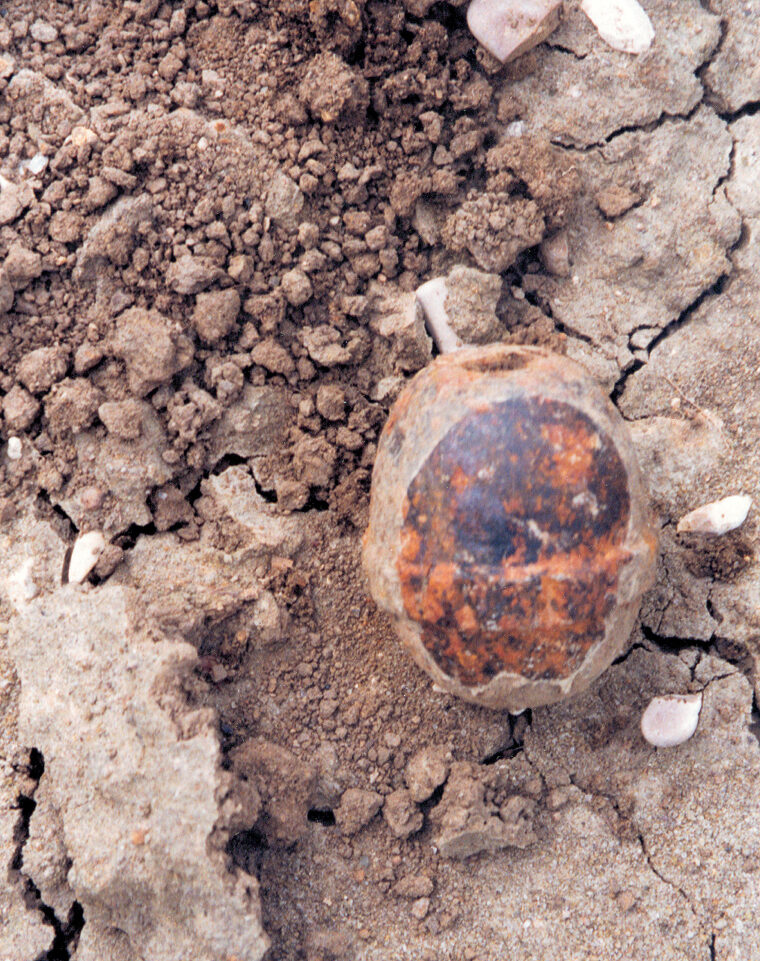
The ravine today is relatively open because the entire area was clear-cut in the past five years. There is no evidence that there were ever many large trees in the ravine (absence of stumps). The clear-cut was brush and small trees one to two inches in diameter. Were these trees and bushes allowed to grow freely, the entire area would be thick with a tangle of ground vegetation competing for the sun’s rays. The area around the stream is boggy and is made up of sandy soil. Today, as a result of the clear-cut, there is no evidence of a clearing or shack. The presence of the stream, in association with the remains of German trenches nearby, combined with the natural flow of the terrain allowing the patrol to “drift” into the ravine, leads me to believe that this was the location of York’s feat.
Sergeant York’s account:
Sergeant Early said, “Don’t shoot any more. They are going to give up anyhow.” And for a moment our fire ceased, except that one German continued to fire at me, and I shot him. In the meantime the Boche upon the hill … opened fire on us. I was at this time just a few paces from the mass of Boche who were crowded around the [command post]. At the first burst of fire from the machine guns, all the Boche in this group hit the ground lying flat on their stomachs.
I and a few other of our men hit the ground at the same time. Those who did not take cover were either killed or wounded by the Boche machine gun fire, the range being so close that the clothes were literally torn from their bodies. Sergeant Early and Corporal Cutting were wounded and Corporal Savage was killed. In this first fire we had six killed and three wounded. By this time, those of my men who were left had gotten behind trees, and two men sniped at the Boche. They fired about half a clip each.
The German Grenade Exploded, Wounding One of Their Own
But there wasn’t any tree for me, so I just sat in the mud and used my rifle. I am a pretty good shot with the rifle, also with the pistol, having used them practically all my life, and having a great deal of practice. I shot my rifle until I did not have any more clips convenient and then I used my pistol. The Boche machine-gun fire was sweeping over the mass of Germans who were lying flat, and passing inches over my head, but I was so close to the mass of Germans who were lying down that the Boche gunners could not hit me without hitting their own men.
There were about fifty Boche with the machine guns and they were under the command of a Lieutenant. The Lieutenant with eight or ten Germans armed with rifles (fixed Bayonets) rushed toward us. One threw a little grenade about the size of a dollar and with a string that you pull … when you want it to explode. It missed me by a few feet, wounding, however, one of his own men.
I just let the Boche come down the hill and then poured into them with my pistol.… I shot the Lieutenant, and when he was killed, the machine-gun fire ceased. During the fight I kept hearing a pistol firing from the midst of the Boche who were lying on the ground. This was evidently the commanding officer shooting, as he was the only one in the crowd armed with a pistol, and all of his clips were empty when I examined them later.
Although it is commonly thought Sergeant York was armed with a 1903 Springfield, his unit had been issued model 1917 Enfields when they got to France. When the German machine guns opened fire from the hillside, York was at the right place at the right time. The Germans were firing over his head and could not depress the barrels of the machine guns to effectively engage York without exposing themselves to his return fire.
York now realized that he was relatively safe from the “plunging” fire of the guns and got to a knee and then to his feet steadily returning fire. The Germans now opted for a bayonet charge hoping to overwhelm Sergeant York. He stated that there were eight to 10 Germans in the charge. I doubt there were more than eight. York was armed with a 1911 .45 automatic pistol. The pistol holds a maximum of eight rounds, seven in the magazine and one in the chamber. So had York missed a shot, or had there been more Germans coming down the hill than rounds in his pistol, his hand-to-hand skills or his ability to run would have come into play.
The lieutenant leading the charge was identified in German affidavits as Lieutenant Endriss, Commander of the 4th Company, 120th Infantry Battalion. Endriss had been shot in the stomach, was gravely wounded, and was evacuated alive by York’s patrol. It is not clear whether Endriss survived his wounds.
Sergeant York’s account:
When the machine guns ceased firing, the commanding officer, who spoke English, got off the ground and walked over to me. He said “English?” I said, “No not English” He said “What?” I said “American” He said “Good Lord!” Then he said “If you won’t shoot any more I will make them give up” and I said “Well, alright I will treat you like a man,” and he turned around and said something to his men in German, and they threw off their belts and arms and the machine-gunners threw down their arms and came down the hill.
I called to my men and … found that there were six left beside myself. We searched the Boche and told them to line up in a column of twos. The Boche commanding officer wanted to line up facing north and go down through the valley along the road which runs by the foot of the hill but I knew if they got me there it would be as good as they wanted on account of the machine guns on the opposite slope so I said ‘No I am going this way which is the way I had come, and which led through a group of machine guns which seemed to be outpost guns. We had missed this machine gun nest as we advanced, because we had gone farther to the left.
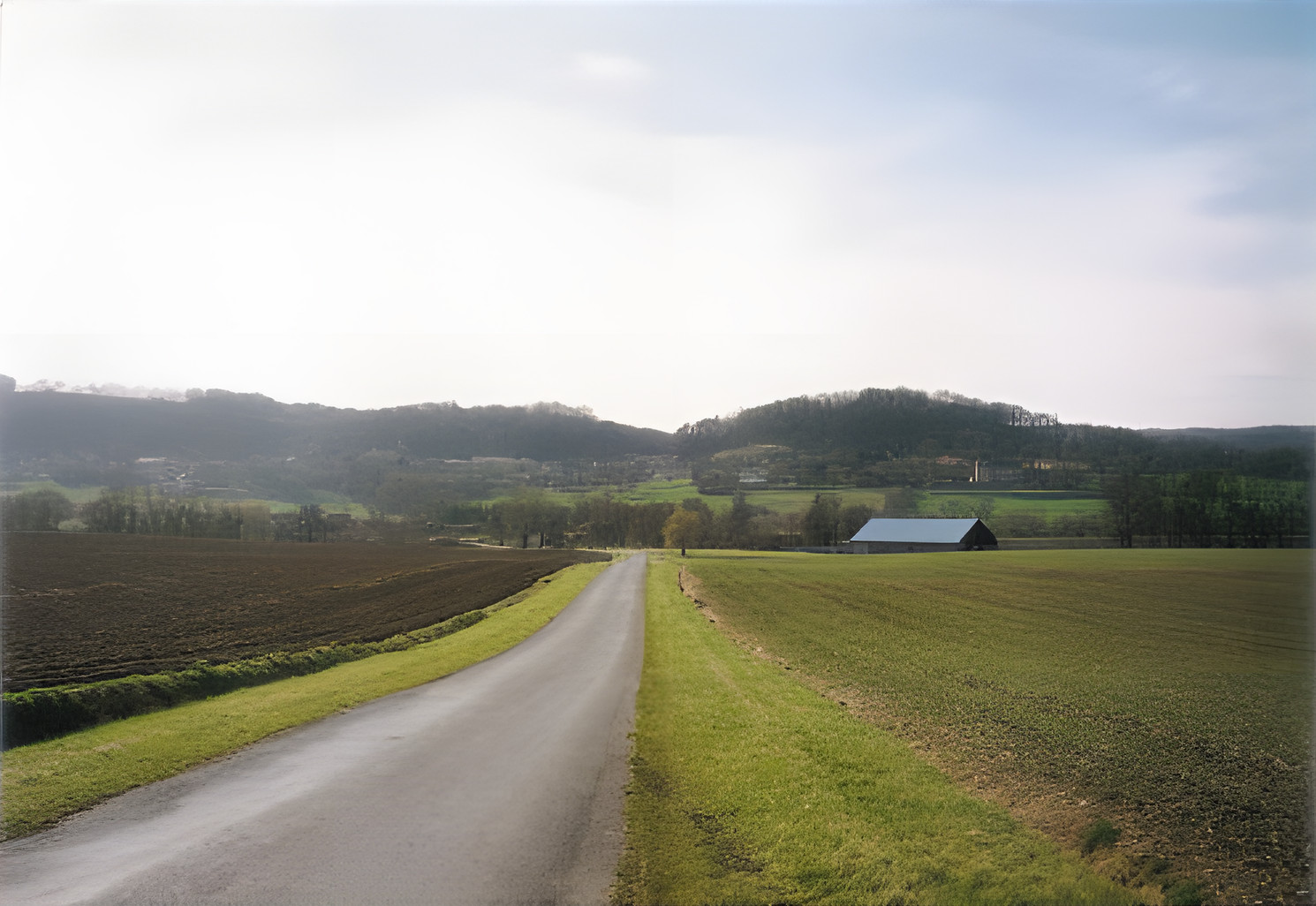
“The Machine-Gunners Could Not Kill Me Without Killing Their Officers”
When we got the Boche lined up in a column of twos, I scattered my men along and at the rear of the column and told them to stay well to the rear and that I would lead the way. So I took the commanding officer and the other two officers and put one in the front of me and one on each side of me.… I did that because I knew that if I were caught on the side of the column the machine-gunners would shoot me, but that if I kept in the column they would have to shoot their officers before they could kill me. In this manner we advanced along a path and into a machine-gun nest. The machine-gunners as I have said before could not kill me without killing their officers, and I was ready for them. One aimed a rifle at me from behind a tree, and as I pointed my pistol at him the commanding officer said, “If you won’t shoot anymore I will tell them to surrender.” He did and we added them to our column.
The road the German had suggested would have brought them under direct observation of machine-gun position #3, and eventually position #1 if they followed it into the valley of Hill 223. Had they followed the road west they would have traveled deeper into German-controlled territory. Sergeant York elected to take the remainder of the patrol and the German prisoners back the way he had come. Rather than walk back up the hill through the thick vegetation to American lines, York probably decided to walk the contingent down a road that led south and west back to American lines. This was a sound course of action because the seven remaining Americans would have an easier time controlling the large formation of German prisoners on the road rather than the woods where the prisoners would be tempted to break and run into the vegetation. Using the road also enabled York and the entire contingent to walk up on machine-gun position #3 from the left rear quarter. The Germans at position #1 would not open fire on the approaching German column and could not engage Sergeant York who had shielded himself with the captured German officers.
Now, with two machine-gun positions out of action, the Americans on Hill 223 swarmed into the woods overwhelming remaining pockets of German opposition. From German testimony of units within the ravine there appears to have been a burgeoning panic among the German soldiers on the morning of the 8th. Evidently, American patrols in addition to York’s had been spotted moving in the valley and surrounding ridge lines so that there was a growing fear that the Americans had rolled the flank and gained the German rear.
Sergeant York’s account:
I then reported with the prisoners to the battalion [command post]. They were counted there and there were 132 of them. I was ordered to deliver the prisoners to brigade headquarters, which I did and returned to my company the next morning. (End of Statement)
Sergeant Alvin York: The Man Himself
The Man: There were over 90 Medals of Honor awarded for actions during and since the Great War, yet Sergeant York clearly stands out today as the greatest American hero of World War I. What distinguished Sergeant York from all these other heroes who, in many cases, accomplished equally notable feats?
Sergeant Alvin Cullum York was born in 1887 in a one-room log cabin in the hills of Pall Mall, Tennessee. Barely literate, he left school after the third grade to help out on the farm and work in his father’s blacksmith shop. A crack shot with both pistol and rifle, he honed his marksmanship from an early age to put food on the table or win cash at local shooting contests. A heavy drinker, gambler, fighter, and all-around general hellraiser, Alvin York gave up all these in a single night. He had come home late after a good drunk and found his mother waiting up for him, worried. He was 29 years old and she asked when he was going to “be a man like your father and your grandfathers?” The question hit home and Alvin York gave up smoking, chewing, drinking, cussing, fighting, and gambling that night. “When I quit, I quit all,” he said.
York was called to the draft in the summer of 1917. In November he reported to his initial training at Camp Gordon, Ga. In December Private York was assigned to Company G, 328th Infantry Regiment of the 82nd Division. The unit arrived in France in May of 1918. After spending time in quiet sectors getting accustomed to the sights and sounds of the battlefield, the 328th was assigned to the St. Mihiel offensive where York’s unit went over the top for the first time on September 12, 1918. On the 24th, York’s unit was moved to a position in reserve for the Meuse-Argonne offensive until October 7, when they entered the line on Hill 223.
On October 8, 1918 Sergeant York, a draftee from the hills of Tennessee, went out as a member of a patrol and returned a few hours later in charge of that patrol leading a column of 132 captured German prisoners. This is a historically documented fact. In addition to capturing 132 German soldiers,York assumed command of a patrol that silenced two of the dominating German machine-gun positions that had pinned down American forces in the valley. With the elimination of these two positions, the 82nd Division was able to resume the attack north and west to seize the Decauville Railroad by the end of the day. The patrol also evacuated all the wounded, American and German. Sergeant York’s actions were commensurate to, and deserving of, our nation’s highest military award. This is The Man.
How York the Man Became York The Myth
The Myth: Most accounts of Sergeant York paint him as a conscientious objector who individually killed 28 German soldiers, captured 132 prisoners, and silenced 35 machine guns. In short, Sergeant York is credited with single-handedly defeating a German machine-gun battalion.
The notion that Alvin York was a conscientious objector who attempted to gain exemption from the military draft on moral grounds is simply not the case. In his diary York clearly states that he was not a conscientious objector and continued to say so throughout his life. This is not to say that Alvin York, a man of great faith, did not encounter some inner moral struggle between his religious convictions and fighting for his country. Through meditation, prayer, and the counsel of his company commander, York was able to reconcile the conflict by seeing justification in fighting on the side of right.
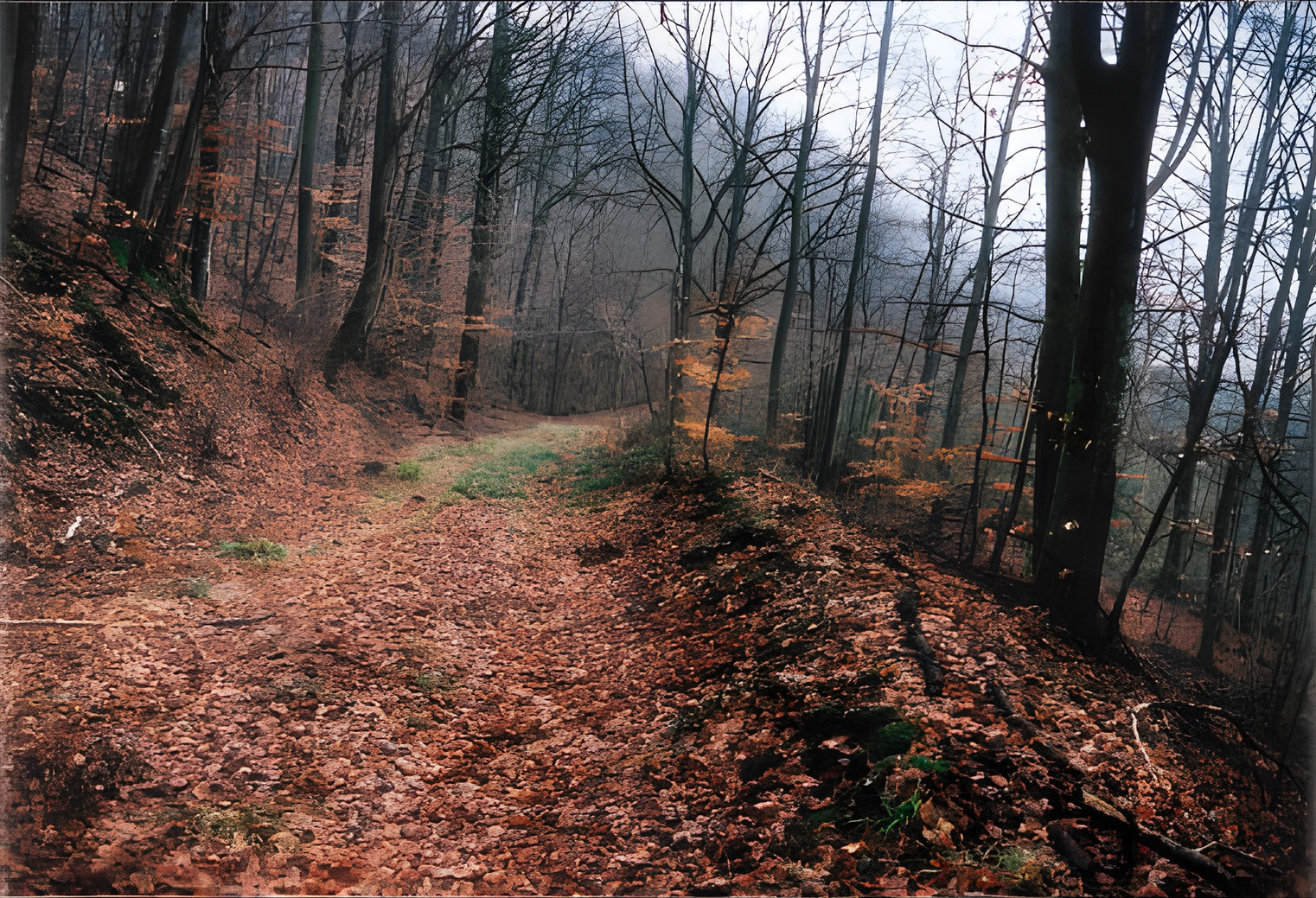
While attending initial training at Camp Gordon, Alvin York was provided an easy opportunity to leave military service honorably. York’s mother, with the aid of Pastor Rosier Pile, initiated the paperwork to exempt Alvin York from service. The exemption was claimed on the grounds that Alvin York was his mother’s sole support since the passing of her husband in 1911, and that fighting went against York’s religious beliefs. Accordingly, honorable discharge papers were presented to York for signature. But he refused to sign, citing duty to his country.
The assertion that Sergeant York captured 35 machine guns on October 8, 1918 remains unsubstantiated. There are no official military records that indicate York brought in any captured machine guns with the patrol. While his patrol did silence two German machine-gun emplacements, they did not maintain control of or destroy the weapons. Those machine guns left in the ravine (of unknown number) by York’s patrol were recovered by retreating Germans or advancing Americans.
There is little doubt that Sergeant York killed the lion’s share of German soldiers in the ravine, but it is doubtful he killed them all. Seven other American soldiers in the patrol survived the initial burst of machine-gun fire. They were uninjured and able to return reasonably effective fire. (Some years after the fact, Sergeant Early and Corporal Cutting were both awarded the Distinguished Service Cross for their actions in the ravine.) This is The Myth.
York the Legend
The Legend: The events in the ravine of October 8, 1918 came and went. There was hardly time to think about it as York and the 82nd Division slugged through the Argonne for three weeks. In fact, a few days after the fight in the ravine, York was nearly killed during an artillery barrage while crossing an apple orchard in Sommerance. It wasn’t until after the Armistice and the fighting was over that American public attention and interest began to turn toward their war heroes.
Sergeant York made good copy. His “local boy makes good” was the story Americans needed and wanted to hear. There were articles like George Pattullo’s “The Second Elder Gives Battle” for the Saturday Evening Post that gave Sergeant York his initial notoriety. In 1930 Tom Skeyhill, York’s official biographer, published Sergeant York, Last of the Long Rifles. In the book the author goes to great lengths to weave a historical link between Daniel Boone, Davy Crockett, Abraham Lincoln, and Alvin York. Then there was the Swedish newspaper article that energized the Germans to provide a painstakingly researched rebuttal.
Most today, however, would associate Sergeant York’s exploits with Gary Cooper, who received an Academy Award for his portrayal of Sergeant Alvin York in the 1941 war movie Sergeant York. While entertaining, the movie bears little resemblance to York’s actions in the ravine. However, York’s persona as portrayed by Gary Cooper was enthusiastically embraced by all. Cooper played the self-reliant frontiersman—the steadfastly loyal, humble, God-fearing American son who did his duty and beyond. This is The Legend.
“A Higher Power Than Man”
So, “York, how did you do it?”
Some 80 years after the fact, I entered the ravine with an understanding of the “military use of terrain” and the subtle significance in the location of archaeological evidence relative to the Tactics, Techniques, and Procedures (TTP) of the day. In my analysis of the situation, I pieced all these and other factors together to develop a picture of how events could have unfolded on a foggy fall morning in 1918. The archaeological evidence includes prepared fighting positions, rolls of barbed wire, discarded ammunition cans, shell casings, a German ration spoon, and even some discarded rails from the Decauville Railroad. The most ominous of these artifacts are the unexploded ordnance, in particular an unexploded artillery shell found near the northernmost machine-gun position, fired over 80 years ago by American artillery with the aim of destroying the position.
So in answer to General Lindsey’s original question “How did you do it?” Sergeant York’s response, ”A higher power than man” is as good as any explanation I can conjure. Sergeant Alvin York seems to have been an ordinary man who in extraordinary circumstances rose to the occasion and became bigger than life. He was a true American hero, whose exploits actual, mythical, and legendary embody the spirit of the thousands of American servicemen who did their duty “over there.”
The author wishes to thank Major Ronald Bowman for sparking his interest in AEF battlefields and for his assistance on this article.
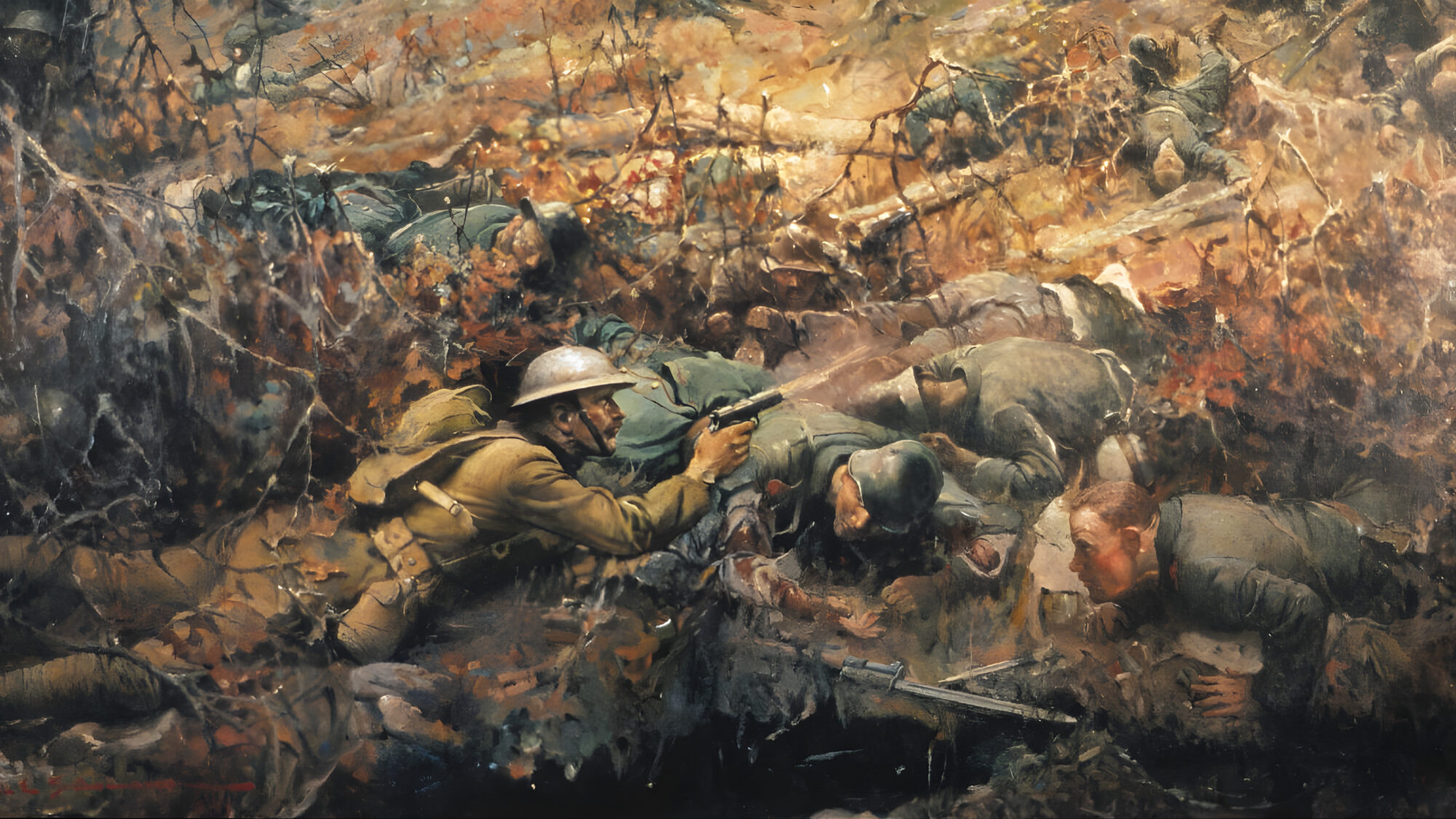
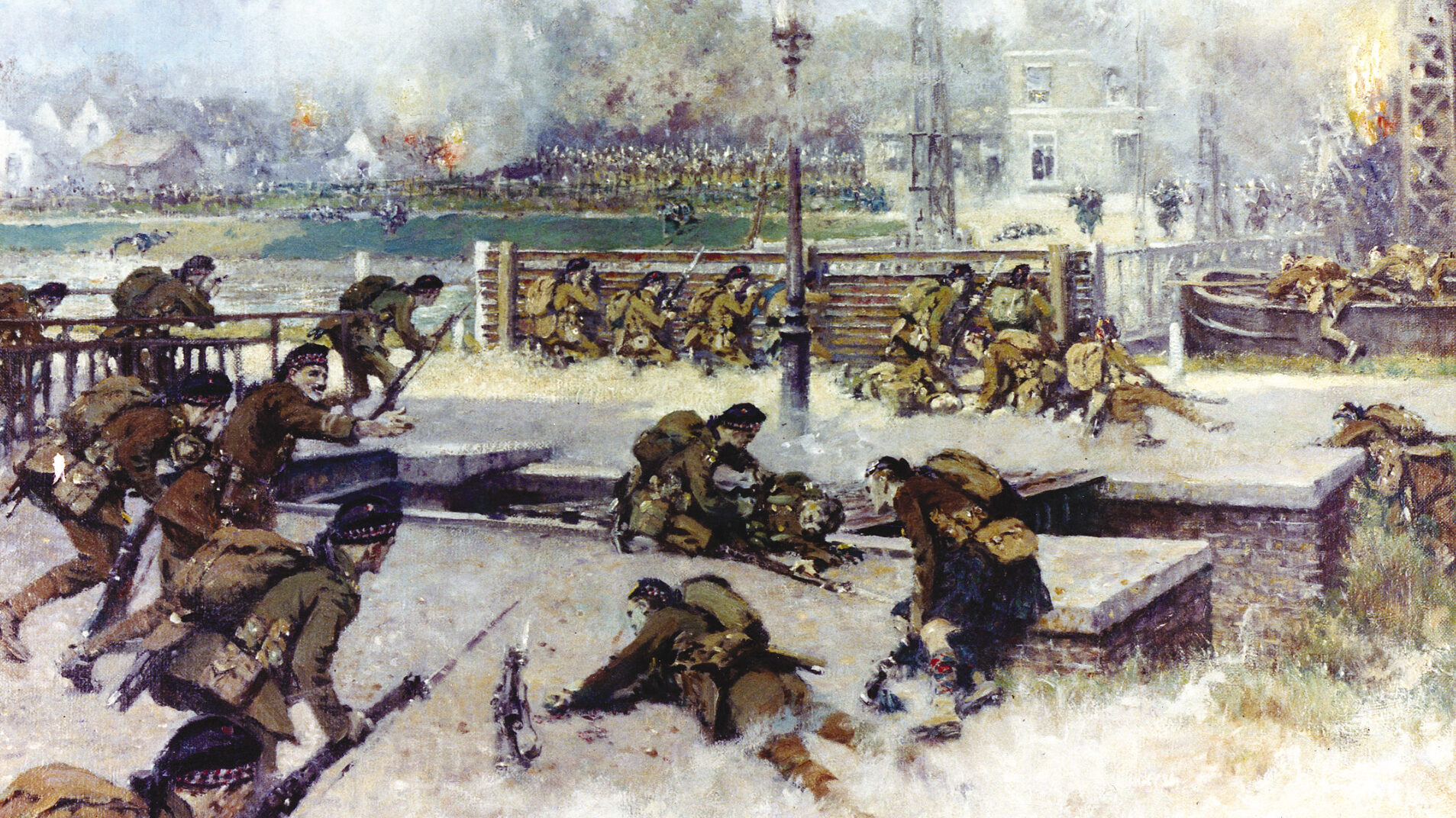
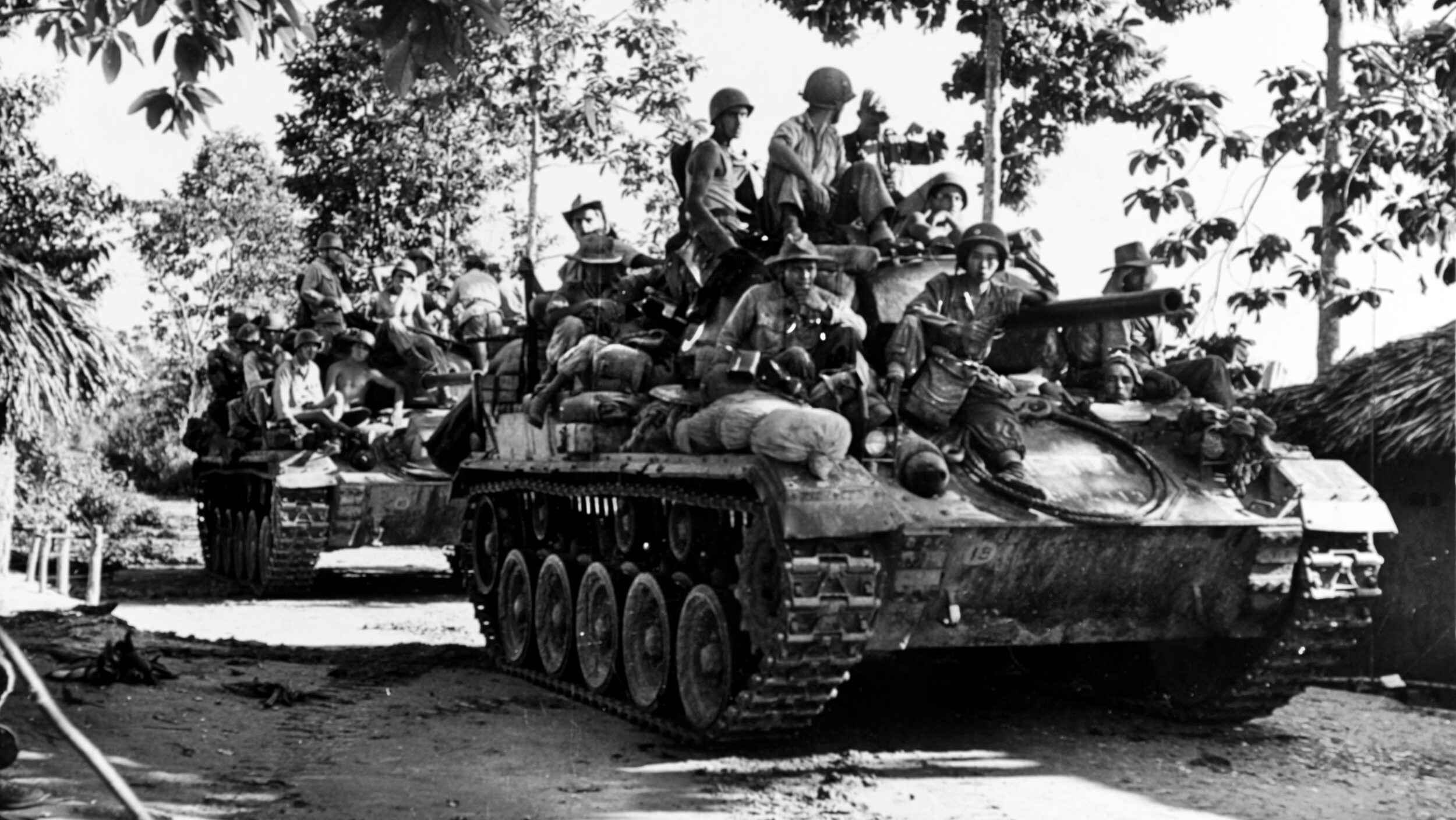
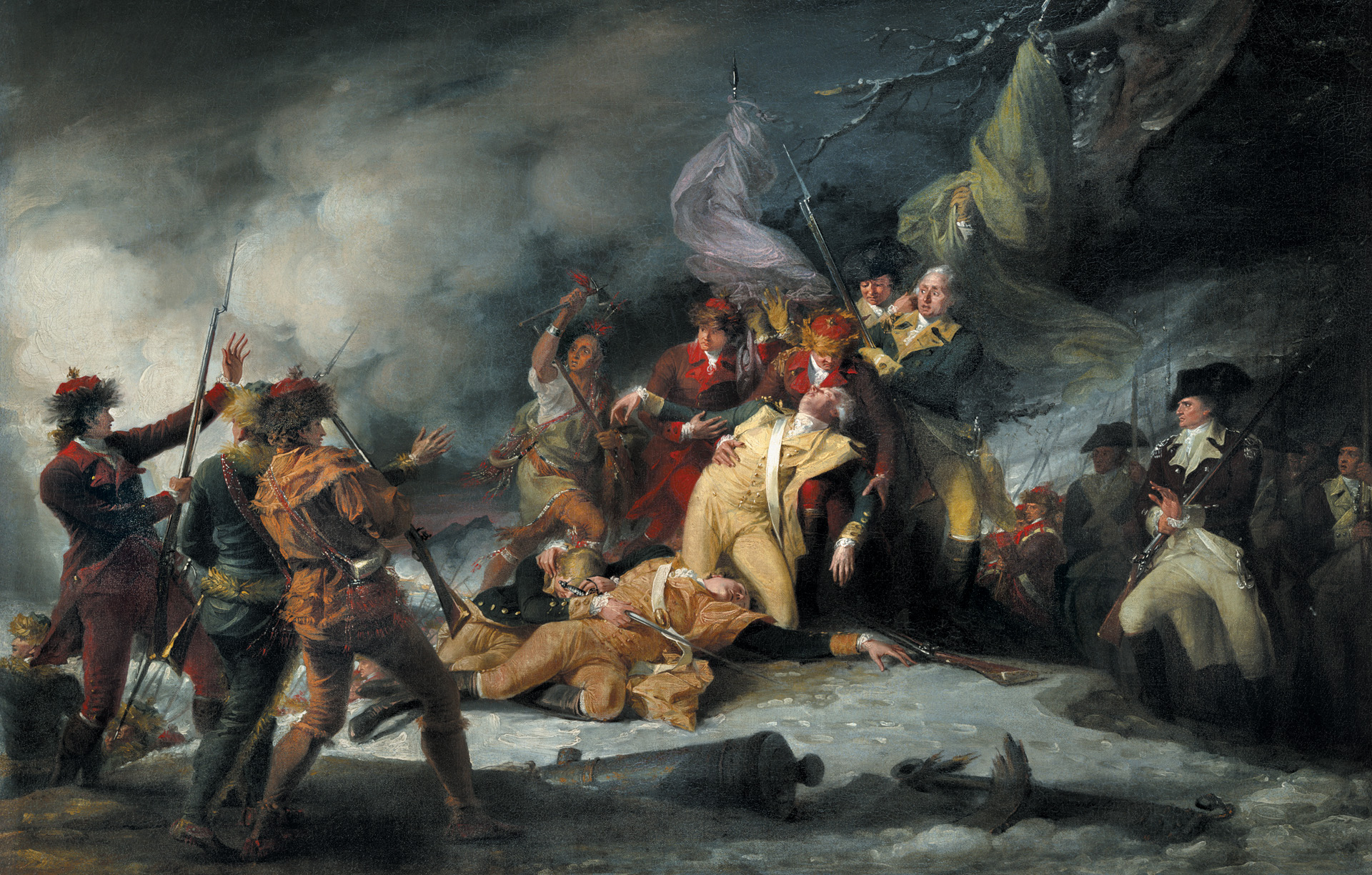
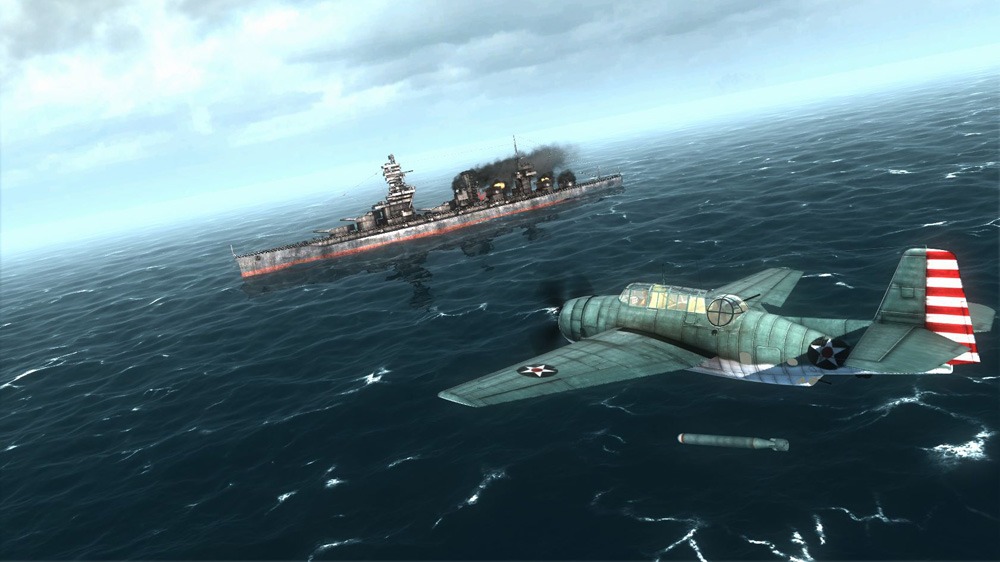
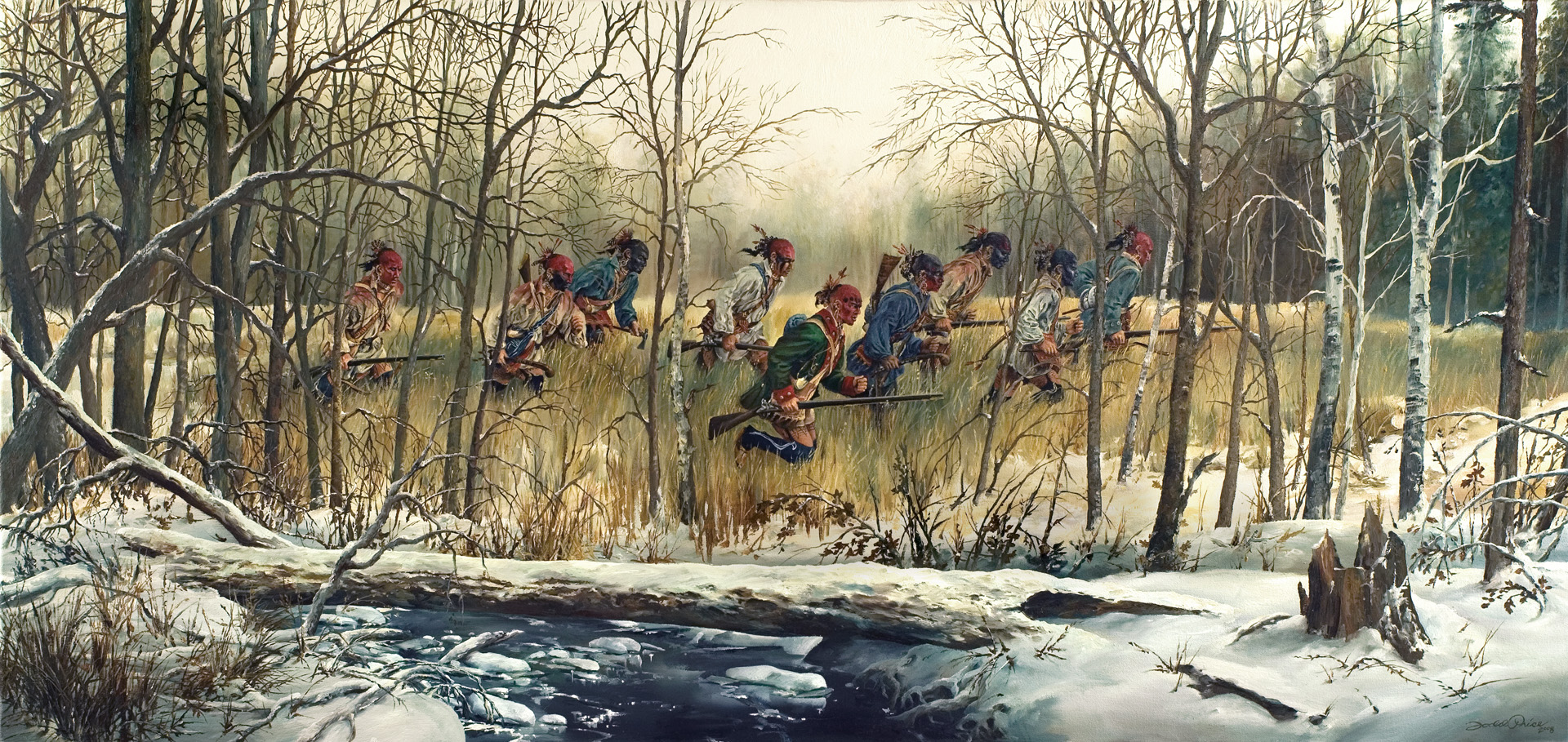

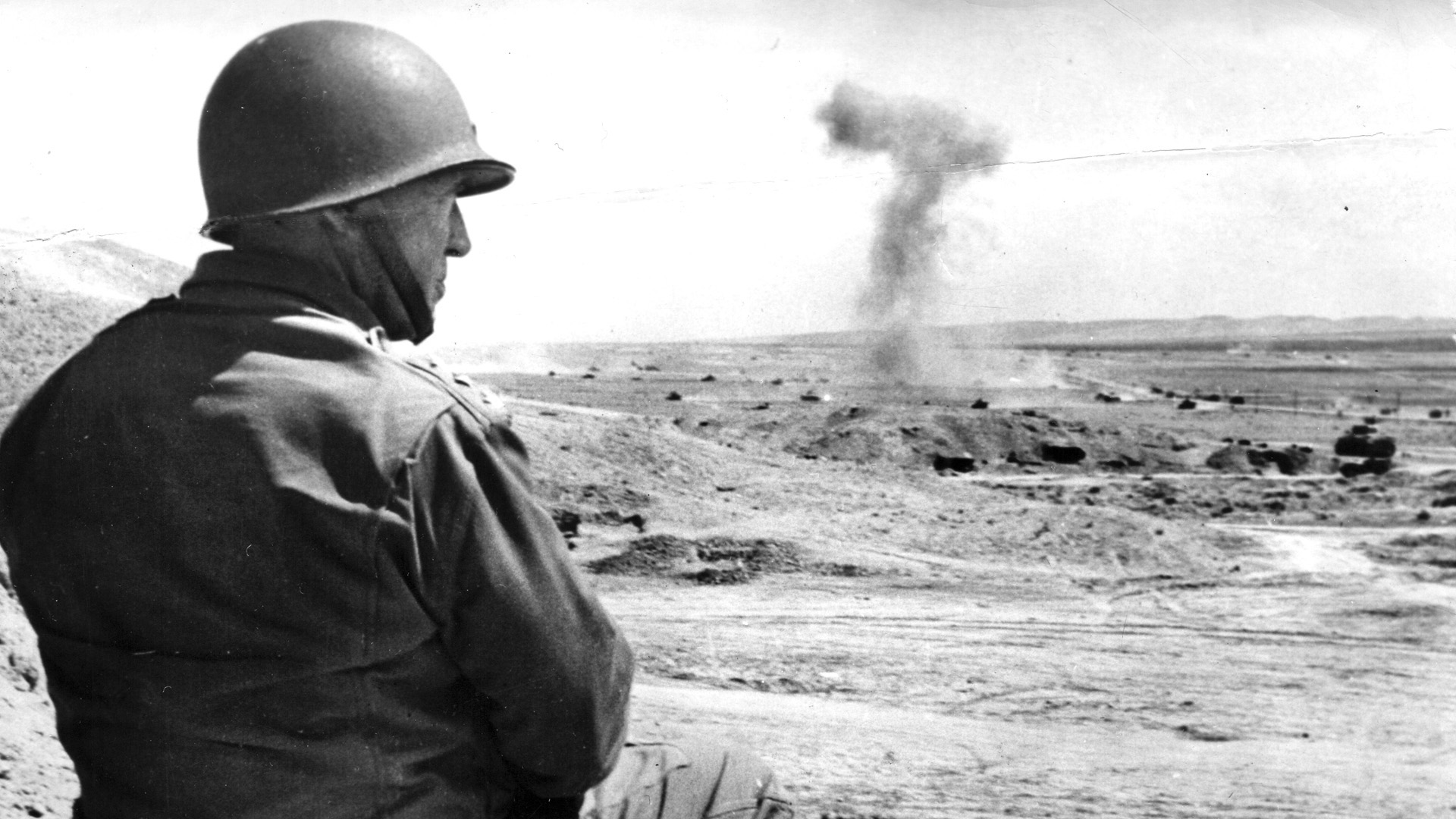
Join The Conversation
Comments
View All Comments